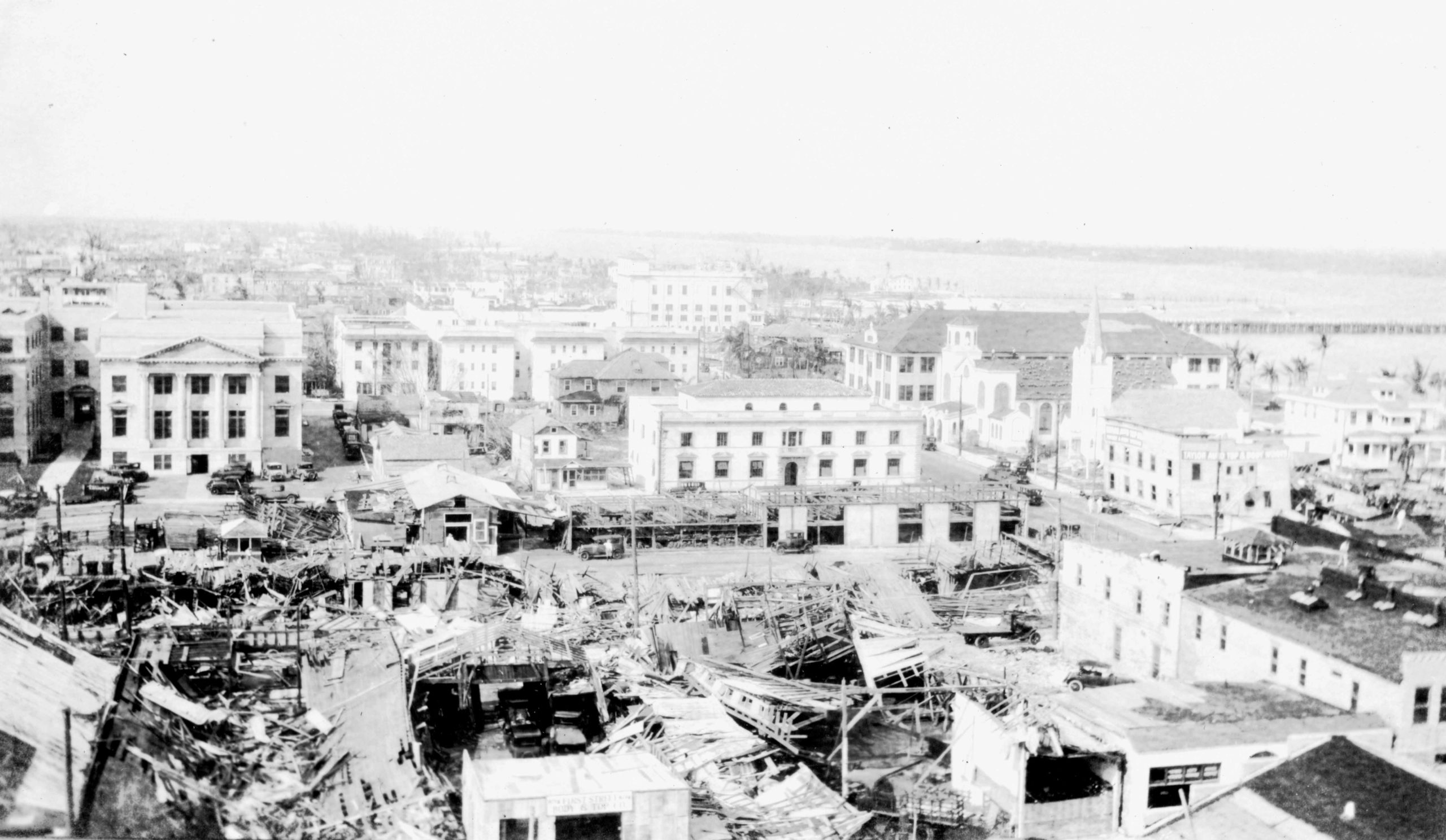
Through December 31, 2021
On September 16, 1928, a storm equal to a Category 4 hurricane struck Palm Beach County from Boca Raton to Jupiter. At least 3,000 people died, most of them in the Glades, becoming the second worst natural disaster in US history in terms of lives lost. The Storm of ’28 shows how Palm Beach County was affected from Jupiter to Boca Raton and what was done to prevent a recurrence of such great loss.
This is an outdoor exhibit at the entrance of the 1916 Historic Courthouse, downtown West Palm Beach.
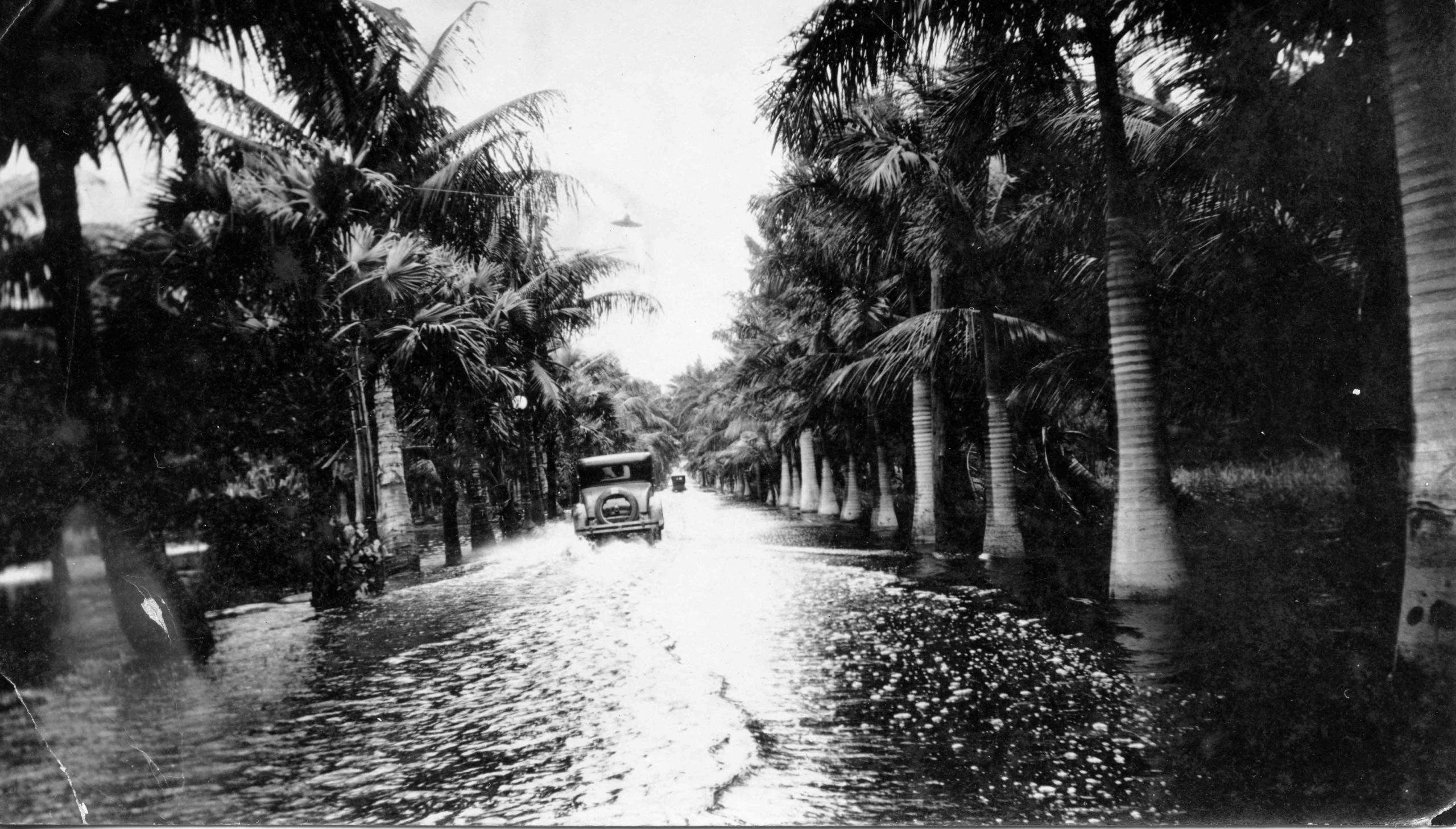

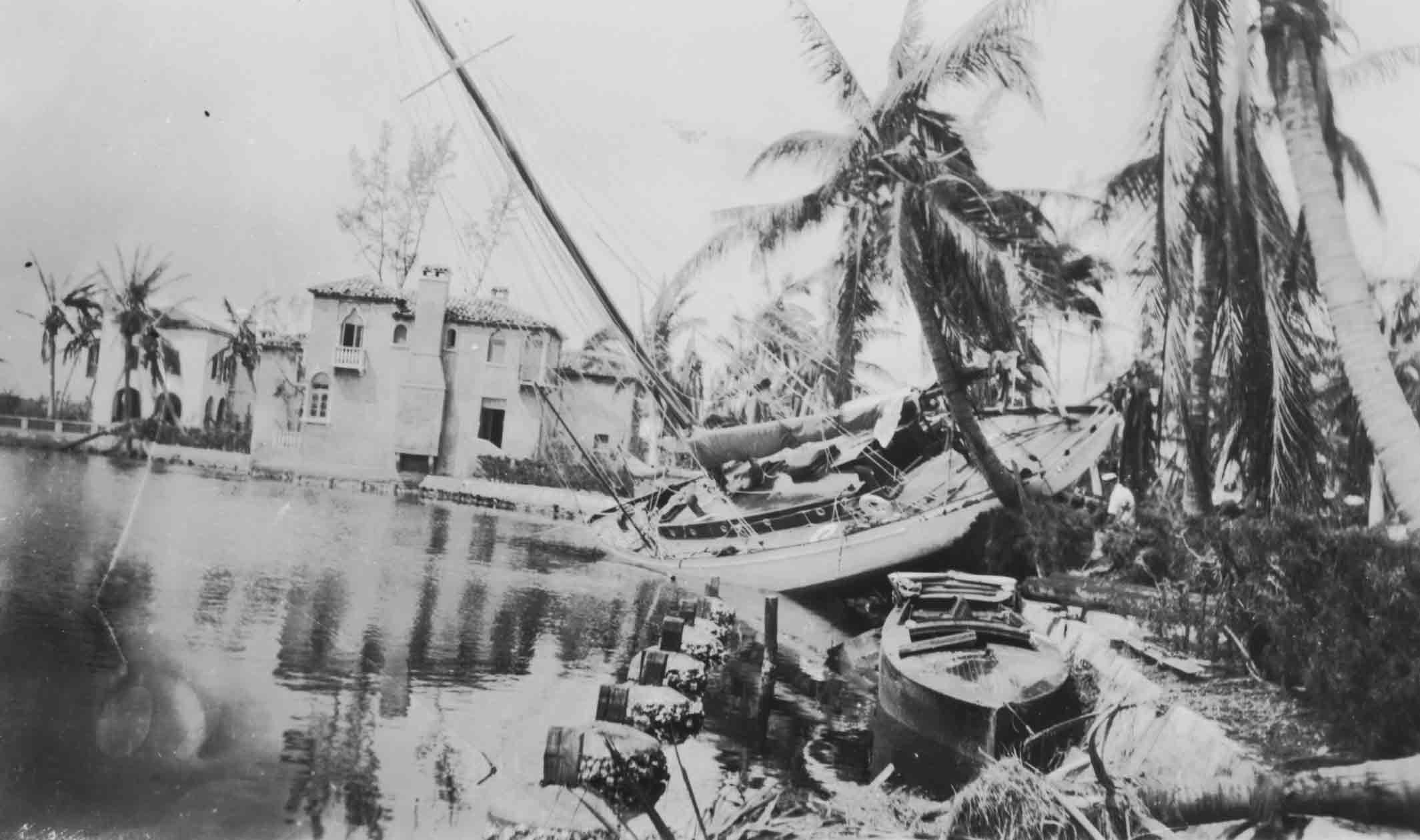
Historical Society of Palm Beach County
You might also enjoy
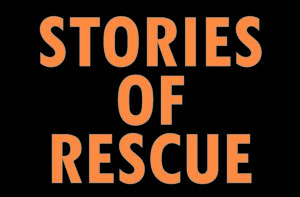
Stories of Rescue
Stories of Rescue Now on Exhibit on the 1st Floor

Endless Summer: Palm Beach Resort Wear
Endless Summer: Palm Beach Resort Wear November 9, 2023 –
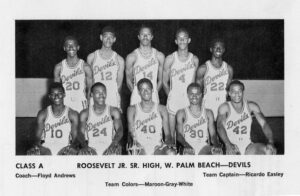
More Than a Game: Champions in the midst of Desegregation
Back to all More Than A Game: Champions in the

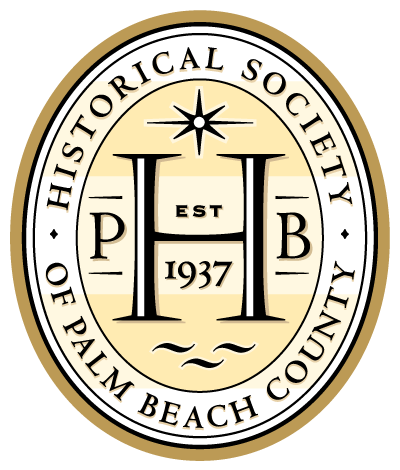

The 1928 hurricane was the defining event of my mother’s life.She and her younger sister, ages 14 and 10, became separated from their parents and were outside in the storm for over an hour, traveling on foot to their designated meeting place. It’s a harrowing story of survival that she told and wrote many times. Due to Covid 19, I won’t be able to attend the exhibit, but how I wish I could. Thank you for keeping this memory alive.
Thank you for sharing your personal story Ruth. This storm impacted everyone that led in South Florida at the time and there are many people, like yourself, who still have memories and stories of this storm.
My father was born in wpb in 1918, so his family went through it! My mother’s family of builders came down to PB from Orlando during the 20s land boom to rebuild homes here after the ’28 hurricane. My Northern Italian grandfather built beside Mizner in his Mediterranean style, but his PB homes wouldn’t sell after the Great Depression! However, he made his fortune back by building single family homes in Northwood, West Palm Beach.
The 1928 hurricane devasted the county, but mostly out in the area south of Lake Okeechobee where the majority of the 3,000 people died when Lake Okeechobee overflowed its banks. There was not a levee around the lake at that time. A little-known fact is that the state of Florida put out a statewide request for people with boats to come down to the Glades area south of the lake and search for the bodies that were swept away from the residential areas out into the swamps. My grandfather, Grady, and his brother-in-law, Sam, from Fort Meade and Lakeland, brought my grandfather’s boat down. He never would say if he found any bodies, probably because it was a gruesome memory, but he did fall in love with the wonderful agricultural area. So, in 1929, after the area dried out, he moved the family down to Canal Point/Pahokee and bought land, and our family has been farming all over the Everglades Agricultural Area (EAA) in the western half of Palm Beach County ever since. We are now in the fourth generation.